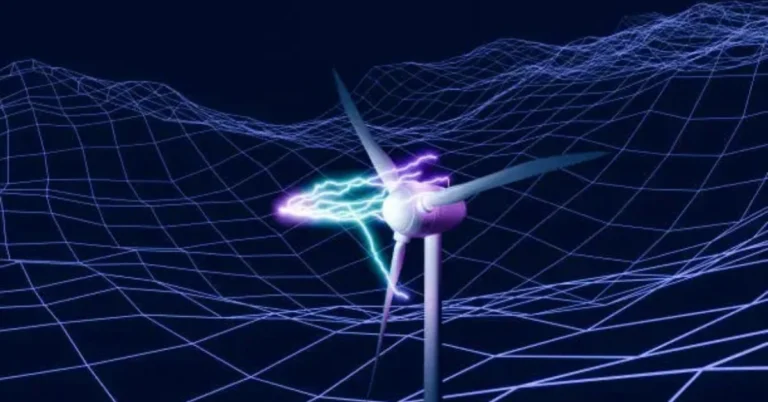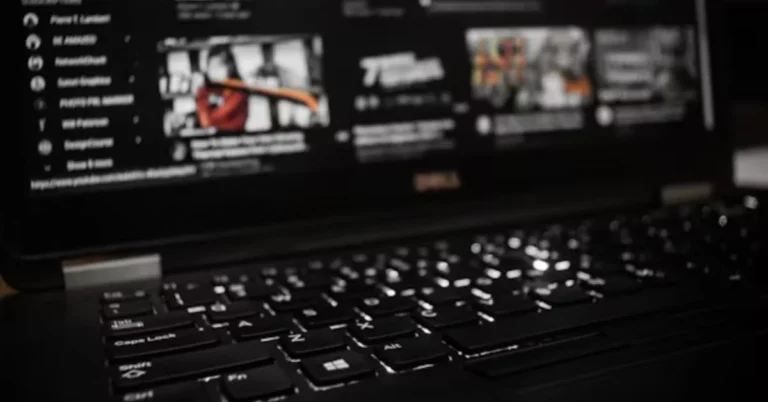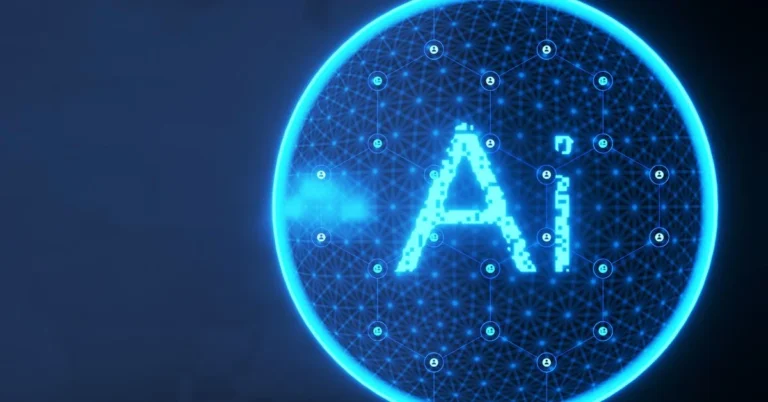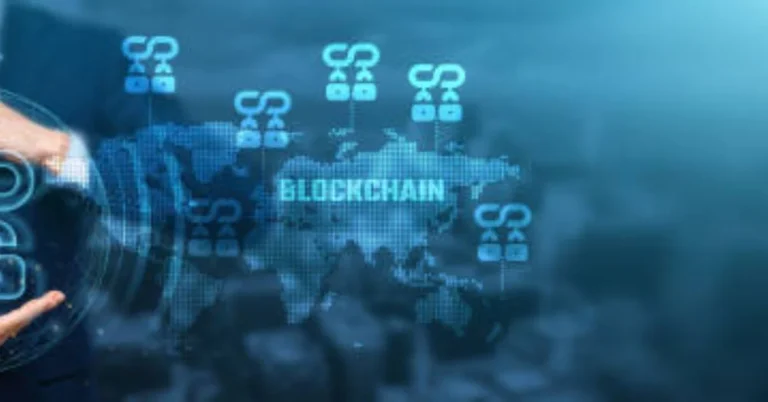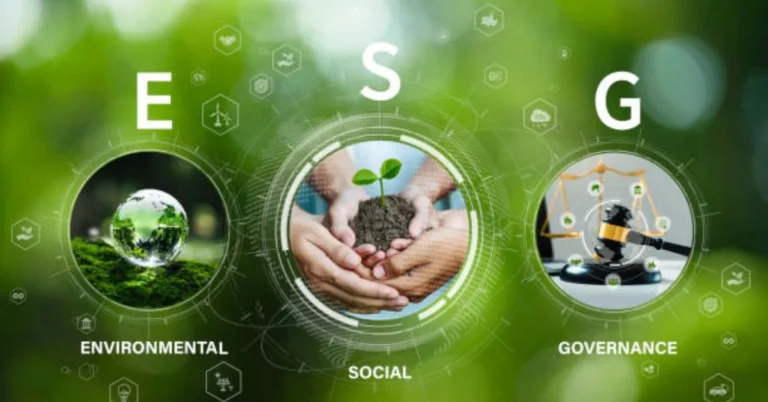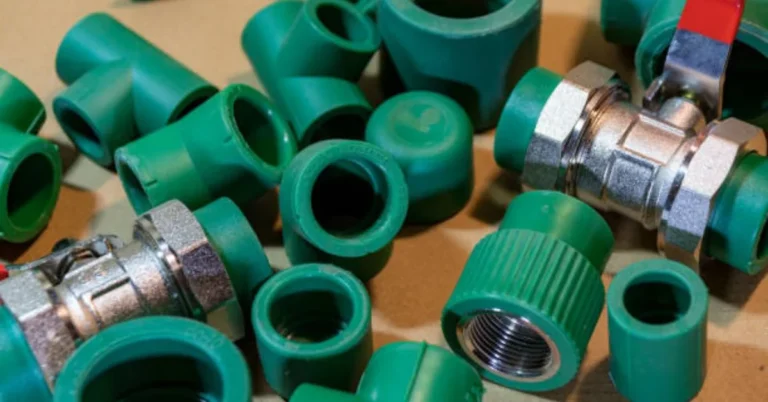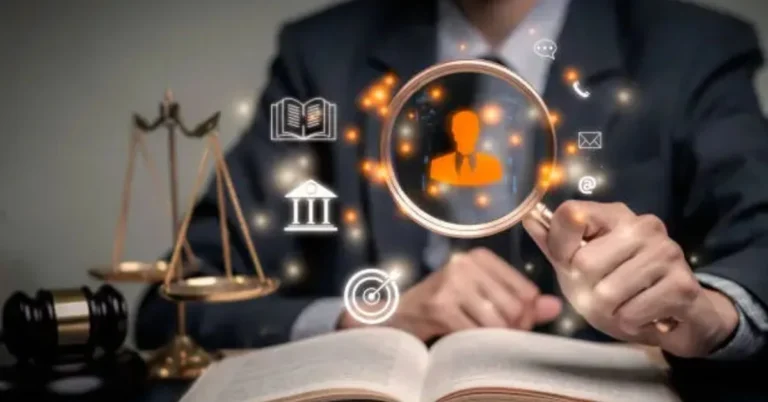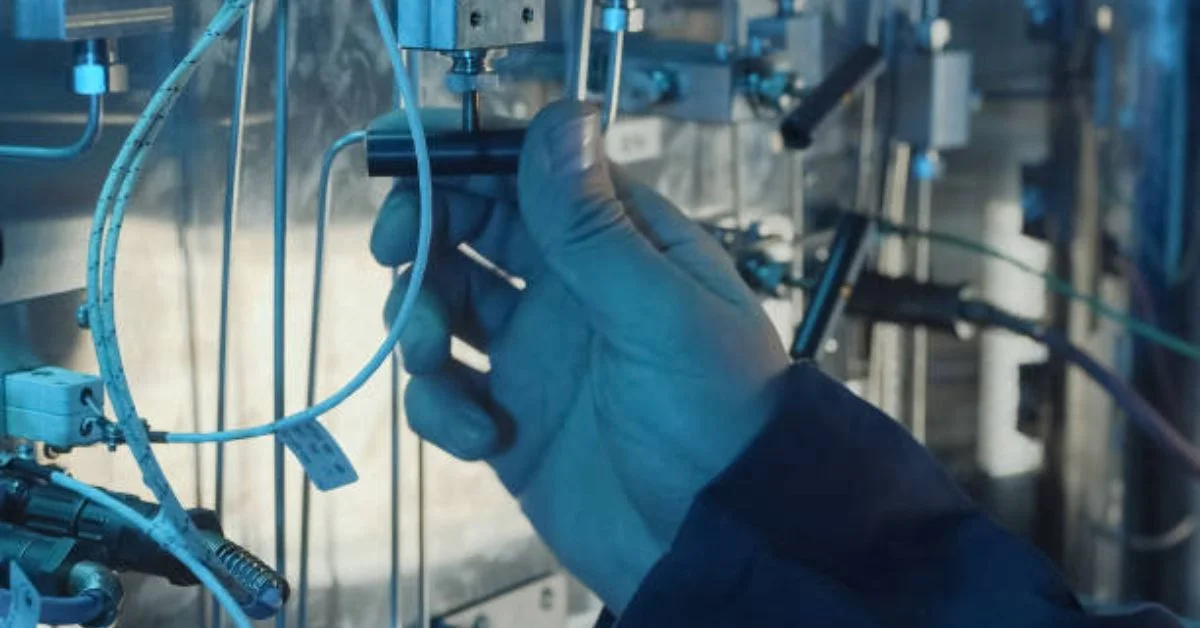
In the modern world where technology, precision, and quality control govern everything from manufacturing to medical diagnostics, the concept of kalibraatio plays an indispensable role. Derived from the Finnish word for “calibration,” kalibraatio refers to the process of adjusting and verifying measuring instruments to ensure that their output is accurate and consistent with established standards. Whether in engineering, laboratory work, environmental monitoring, or consumer electronics, kalibraatio ensures reliability, safety, and efficiency in both simple and complex systems.
This article provides a comprehensive and highly detailed exploration of kalibraatio. It dives into the purpose, processes, tools, standards, frequency, documentation, and significance of calibration across industries. Furthermore, it addresses common challenges, offers recommendations for best practices, and discusses the evolving role of kalibraatio in the era of automation and digitalization.
Understanding Kalibraatio: Definition and Core Concept
Kalibraatio, or calibration, is a scientific and technical procedure whereby a measuring instrument or device is tested against a known standard to determine its accuracy. The goal is to identify any deviation or error in measurement and to correct it, either through physical adjustment or through applying compensation values during data interpretation.
The need for kalibraatio arises because all instruments are subject to drift over time due to environmental influences, wear and tear, usage intensity, and even internal material fatigue. Without regular calibration, even highly precise tools can begin to produce skewed or misleading readings, which could have serious consequences, especially in fields like aerospace, healthcare, and chemical manufacturing.
In essence, kalibraatio is the quality assurance process that guarantees that instruments perform as expected, maintaining the integrity of data and the safety of operations.
The Main Objectives of Kalibraatio
Understanding the rationale behind kalibraatio helps contextualize its importance. The objectives include:
1. Ensuring Measurement Accuracy
Kalibraatio aims to reduce discrepancies between the actual value and the instrument’s reading. Accuracy is crucial in applications that depend on small margins of error.
2. Supporting Quality Assurance
In quality-sensitive environments, calibrated instruments are essential to ensure that processes and products meet specified tolerances and standards.
3. Enhancing Safety
In fields such as aviation, medicine, and energy, inaccurate instruments could result in accidents or fatalities. Kalibraatio minimizes such risks.
4. Legal and Regulatory Compliance
Many industries are subject to regulations that mandate periodic calibration. Non-compliance can result in legal consequences and loss of certification.
5. Equipment Longevity and Maintenance Planning
Regular calibration helps detect early signs of wear or malfunction, allowing for timely repairs and better asset management.
Types of Kalibraatio Methods
There are several methods of calibration, depending on the instrument type, usage environment, and required level of precision. Here are the most commonly used methods in kalibraatio:
1. Direct Comparison
This involves comparing the device under test with a standard of known accuracy and adjusting accordingly. It’s straightforward but requires access to a reliable standard.
2. Indirect Comparison
Here, calibration is achieved through intermediary instruments that bridge the difference between the standard and the test device. This method is often used when the direct method isn’t feasible.
3. Multi-Point Calibration
This involves testing the instrument at several points across its entire range rather than at a single reference point, which provides a fuller picture of accuracy.
4. Zero and Span Calibration
Used mainly in pressure or flow instruments, this involves setting the zero point (lowest value) and span (full-scale output) according to known inputs.
5. Loop Calibration
Used in control systems where multiple instruments interact, loop calibration involves testing the entire system rather than individual components.
Each method has its advantages and is chosen based on practical, regulatory, and performance requirements.
Instruments Commonly Subjected to Kalibraatio
Kalibraatio is not limited to one category of tools; it applies to a wide range of instruments across numerous industries. Some examples include:
- Thermometers and temperature sensors
- Pressure gauges and barometers
- Weight balances and load cells
- Multimeters and oscilloscopes
- pH meters and conductivity probes
- Spectrophotometers and chromatographs
- Medical devices like ECG monitors or infusion pumps
- Flow meters and turbine counters
- Tachometers and speed sensors
In each case, calibration ensures the instrument’s reading reflects the true physical parameter it is designed to measure.
Kalibraatio Standards and Reference Systems
A fundamental aspect of kalibraatio is the use of reference standards that serve as benchmarks for comparison. These standards are often maintained by national or international organizations and are classified into hierarchical levels:
1. Primary Standards
Maintained by national laboratories (like NIST in the US or VTT MIKES in Finland), these are the most accurate standards available and are used to calibrate secondary standards.
2. Secondary Standards
These are calibrated against primary standards and used by industrial laboratories or calibration service providers for everyday applications.
3. Working Standards
Working standards are used in daily operations and are calibrated periodically using secondary standards to ensure reliability.
4. Traceability
An essential principle in kalibraatio is traceability, which ensures that any measurement can be related to national or international standards through an unbroken chain of documented comparisons.
The Kalibraatio Process: Step-by-Step Overview
While the exact steps may vary depending on the device and method used, the general kalibraatio process follows a structured sequence:
Step 1: Preparation
- Verify the instrument is clean, intact, and ready for testing
- Review past calibration history
- Ensure environmental conditions (temperature, humidity, etc.) are within permissible limits
Step 2: Baseline Testing
- Connect the instrument to the standard
- Take initial measurements without adjustments to record its current state
Step 3: Analysis of Deviation
- Compare readings with standard values
- Identify the magnitude and direction of error
Step 4: Adjustment (if needed)
- Calibrate the device by adjusting internal settings, mechanical components, or electronic outputs to align with the standard
Step 5: Re-testing and Validation
- Run the test again to verify that the instrument now performs within acceptable limits
Step 6: Documentation
- Record all data, deviations, corrections, and results
- Update calibration labels and schedule the next calibration cycle
Frequency of Kalibraatio: How Often Should It Be Done?
There is no universal rule for how often kalibraatio should be performed, as frequency depends on various factors:
- Manufacturer recommendations
- Frequency of use and environmental exposure
- Past calibration results and historical drift
- Industry standards or regulations
- Criticality of the application
Some high-risk industries require daily or weekly calibration, while less critical devices may be calibrated annually.
Documentation and Certification in Kalibraatio
Every calibration event should result in a calibration certificate, which serves as legal and quality documentation. A proper certificate includes:
- Instrument details and serial number
- Calibration date and due date
- Name and accreditation of the lab or technician
- Measurement results and deviations
- Environmental conditions during calibration
- Statement of traceability
Storing and organizing these certificates is essential for audits, inspections, or quality certifications like ISO 9001.
Industry Applications of Kalibraatio
Kalibraatio has broad applicability across industries, with each sector having its own calibration needs and challenges:
1. Manufacturing and Industrial Automation
Process control depends on accurate sensors and instruments to monitor variables such as pressure, flow, and temperature.
2. Pharmaceuticals and Biotechnology
Drug formulation, chemical analysis, and laboratory testing require extremely precise instruments to ensure efficacy and safety.
3. Environmental Monitoring
Instruments measuring air quality, water purity, and radiation must be frequently calibrated to provide reliable data for public health decisions.
4. Aviation and Aerospace
Altitude sensors, navigation systems, and flight instruments undergo strict calibration to avoid catastrophic failures.
5. Healthcare and Medical Devices
Patient-monitoring equipment, infusion devices, and diagnostic tools are subject to regular calibration to prevent medical errors.
Common Challenges and Mistakes in Kalibraatio
Even though kalibraatio is a well-established practice, mistakes can still occur, often resulting in inaccurate readings and costly errors. Some of the most common pitfalls include:
- Using expired or uncertified standards
- Skipping environmental condition checks
- Poor documentation practices
- Untrained personnel conducting calibrations
- Ignoring signs of wear or equipment damage
- Infrequent calibration schedules
Addressing these issues requires attention to detail, training, and a commitment to quality.
Digital Transformation and the Future of Kalibraatio
With the rise of Industry 4.0, the practice of kalibraatio is evolving. Emerging technologies are making the process more efficient and traceable:
– Digital Calibration Certificates
Moving from paper to secure, cloud-stored digital records that are easier to manage and audit.
– IoT Integration
Devices equipped with sensors can now report calibration status in real time, prompting timely action.
– Automated Calibration Systems
Software-driven test systems reduce human error and enable remote diagnostics and recalibration.
– Predictive Maintenance
AI and data analytics can forecast when an instrument is likely to drift out of range, reducing unplanned downtime.
These innovations signal a more proactive, data-driven approach to calibration that enhances safety and operational efficiency.
Conclusion
Kalibraatio is not merely a technical chore—it is a foundational practice that upholds the integrity of countless processes across industries. From guaranteeing product quality to protecting human lives, the act of verifying and correcting measurement instruments has implications that stretch far beyond a laboratory or workshop. It is a discipline grounded in science, precision, responsibility, and foresight.
As industries grow increasingly dependent on accurate data, embracing a culture of regular and well-documented kalibraatio will continue to be a competitive and regulatory necessity. By understanding the principles, methods, tools, and challenges of calibration, organizations and individuals alike can build more reliable, efficient, and safer environments.
FAQs About Kalibraatio
1. What is kalibraatio and why is it important?
Kalibraatio is the process of verifying and adjusting instruments to ensure their measurements are accurate, ensuring quality, safety, and compliance.
2. How often should instruments be calibrated?
Calibration frequency varies based on instrument use, environment, manufacturer guidelines, and industry regulations, typically ranging from weeks to a year.
3. What tools are used in the calibration process?
Calibration uses reference standards, calibration benches, software, and measurement tools specific to the instrument being tested.
4. Can I calibrate instruments myself?
Basic calibration may be possible for non-critical devices, but professional calibration is recommended for precision and traceability.
5. What should a proper calibration certificate include?
A certificate should document the instrument ID, calibration date, measurement results, traceability, and technician or lab accreditation.
For more information, click here.

